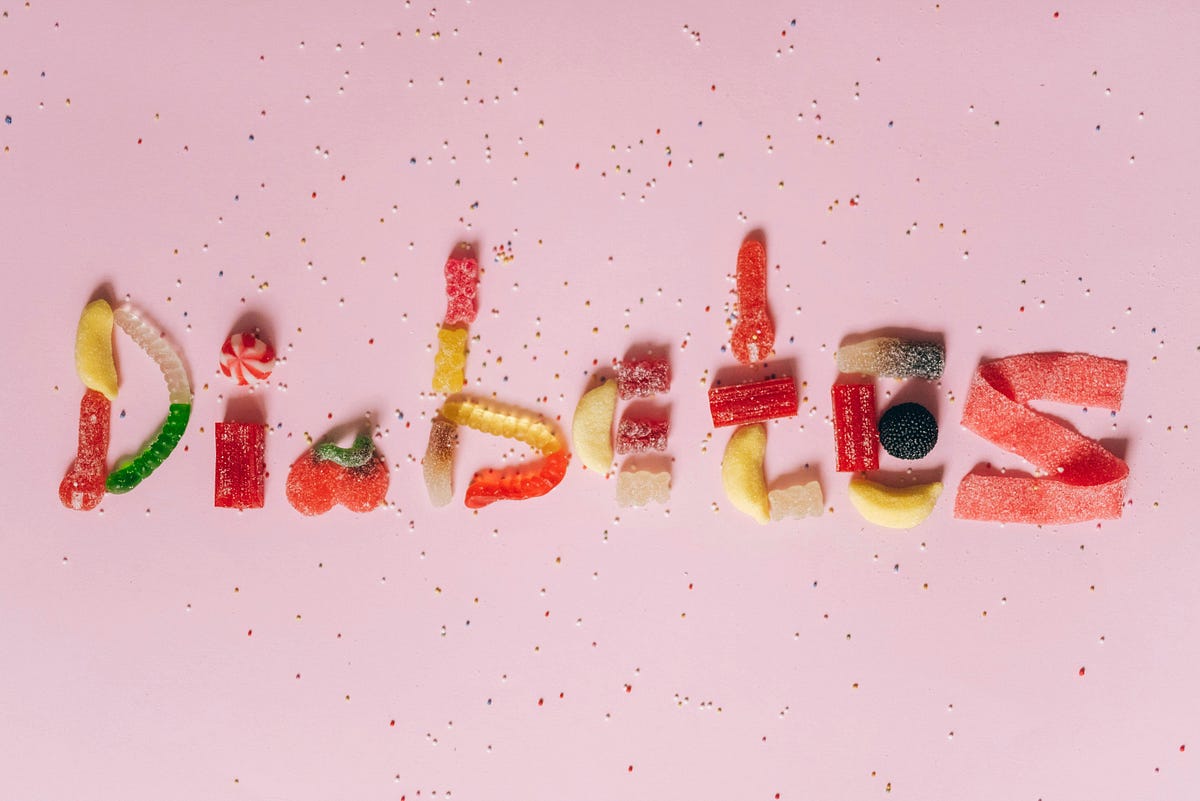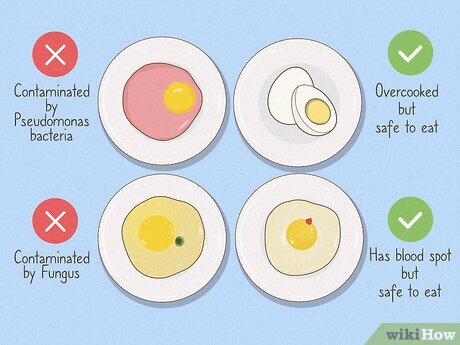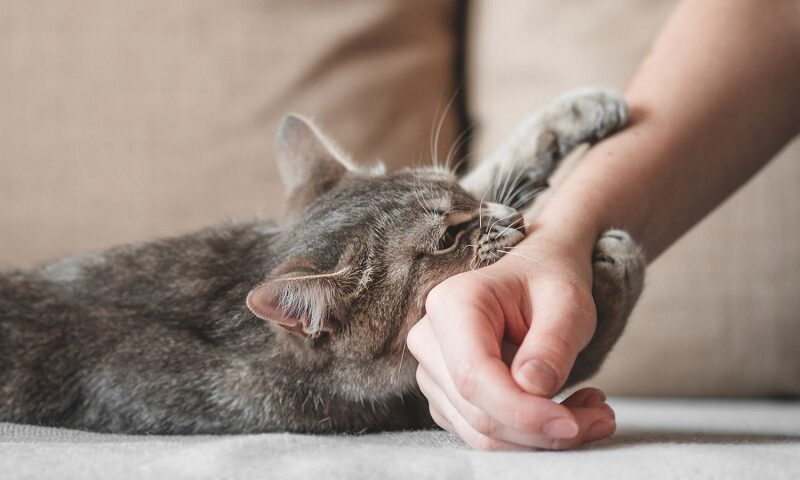Unlock the Glycemic Load Mystery: Mastering Blood Sugar Portions
By: Saika J
The human body is a marvel of complexity, with countless systems working in harmony to maintain balance and health. One critical aspect of this balance is blood sugar regulation. Blood sugar, or glucose, is the primary energy source for our cells, and keeping its levels stable is vital for overall well-being. While carbohydrates are the main source of glucose, not all carbs affect the body in the same way. This article delves into the world of blood sugar spikes, revealing the top culprits that can send your levels skyrocketing within minutes.
The Culprits Revealed: Foods That Spike Blood Sugar
Sugary Drinks & Squashes: The Liquid Sugar Rush
Sugary drinks, including sodas, fruit punches, and squashes, are notorious for their high sugar content. These seemingly refreshing beverages are packed with added sugars like sucrose and high fructose corn syrup. While they may quench your thirst momentarily, the consequences for your blood sugar levels are far from refreshing. The rapid influx of sugars overwhelms the body’s ability to regulate them, leading to a sharp spike shortly after consumption. This “sugar crash” can leave you feeling sluggish and craving more sugar, creating a vicious cycle that disrupts healthy blood sugar management.
Mango: The Sweet Seducer with a Hidden Bite
Mangoes are beloved for their vibrant taste and juicy sweetness, but this tropical delight comes with a blood sugar spike waiting to happen. Mangoes are high in fructose, a type of sugar that can rapidly elevate blood sugar levels, especially when consumed in large quantities. Mango juice is even worse, as the fiber content, which helps slow down sugar absorption, is often lost in the processing. Enjoy mangoes in moderation, and be mindful of portion sizes to prevent unwanted blood sugar spikes.
Honey: Not a Health Halo for Blood Sugar
Honey is often touted as a natural alternative to refined sugar. While it’s true that honey comes from a natural source, it still packs a punch when it comes to its glycemic index (GI), a measure of how quickly a food raises blood sugar levels. Dr. Apoorva Garg, VP of BeatO Care, warns, “Honey primarily consists of fructose and glucose, with traces of sucrose. This high glycemic index can quickly increase blood sugar levels upon ingestion.” Moderation is key, especially for those managing their blood sugar.
Sugarcane: Sweetness with a Blood Sugar Sting
Sugarcane, whether enjoyed as juice or processed into table sugar, is a concentrated source of sucrose—a disaccharide composed of glucose and fructose. This translates to a rapid rise in blood sugar levels after consumption. While it may offer a natural form of sweetness, its impact on blood sugar necessitates mindful indulgence.
Confectionery Items: The Temptation Trap
Candies, chocolates, and other confectionery items are delicious but detrimental combinations for blood sugar. They’re loaded with added sugars, unhealthy fats, and refined carbohydrates. This trifecta of ingredients leads to rapid sugar absorption, causing significant spikes in blood sugar levels. While occasional indulgence is fine, excessive intake of these treats can disrupt your blood sugar balance and contribute to long-term health problems.
Beyond the Obvious: Hidden Blood Sugar Spikes
Refined Carbohydrates: The Wolf in Sheep’s Clothing
Refined carbohydrates, like white bread, pasta, and white rice, are stripped of most of their fiber during processing. Fiber plays a crucial role in slowing down sugar absorption, preventing spikes. Dr. Vaishali S. Naik, a Consultant Endocrinologist & Diabetologist, explains that these processed carbs can cause rapid blood sugar increases due to their high glycemic index. Opting for whole grains like brown rice or whole-wheat bread is a much better choice for maintaining healthy blood sugar levels.
Starchy Vegetables: A Balancing Act
While fruits and vegetables are essential for a healthy diet, not all are created equal when it comes to blood sugar. Starchy vegetables like potatoes, corn, and peas can cause blood sugar spikes due to their higher carbohydrate content. However, they needn’t be completely eliminated. The key is to pair them with protein and healthy fats to slow down digestion and sugar absorption. Think grilled chicken and roasted vegetables or a lentil soup with a side salad for a balanced and blood sugar-friendly meal.
Fast Food: The Convenience Trap
Fast food is a major culprit for blood sugar spikes due to its high carbohydrate content. Burgers, french fries, and even seemingly healthy energy bars are often loaded with refined carbohydrates, unhealthy fats, and added sugars. These ingredients create a perfect storm for blood sugar spikes, leaving you feeling sluggish and potentially leading to long-term health problems.
Taking Control: Strategies for Managing Blood Sugar Spikes
Embrace the Power of Glycemic Index
The glycemic index (GI) is a valuable tool that measures how quickly a food raises blood sugar levels. Foods with a high GI cause rapid blood sugar spikes, while those with a low GI provide a slower, more gradual release of glucose. Choosing low-GI foods can help prevent blood sugar spikes and maintain more stable levels.
Fiber is Your Friend
Fiber plays a critical role in regulating blood sugar by slowing down the absorption of carbohydrates. Including plenty of fiber-rich foods in your diet, such as fruits (with the skin!), vegetables, legumes, and whole grains, can help prevent blood sugar spikes by creating a gradual release of glucose into the bloodstream.
Protein Power
Protein doesn’t just build muscle; it also helps with blood sugar control. Including lean protein sources like chicken, fish, beans, and lentils in your meals can help blunt blood sugar spikes by promoting satiety and slowing down digestion.
Healthy Fats for the Win
Healthy fats, such as those found in avocados, nuts, seeds, and olive oil, don’t directly affect blood sugar levels but can play a supporting role. These fats help with satiety and may slow down carbohydrate absorption, contributing to a steadier blood sugar response.
Spice Up Your Life
Certain spices like cinnamon, ginger, and turmeric have been shown to possess potential blood sugar-regulating properties. While research is ongoing, incorporating these spices into your diet may offer additional benefits for blood sugar management. Consult with your doctor or a registered dietitian to explore the potential of these spices in your specific situation.
Mindful Eating Practices
Eating slowly and savoring your food allows your body to register satiety cues more effectively. This can help prevent overeating, which can contribute to blood sugar spikes. Put down your phone and other distractions while eating, and focus on the taste and texture of your food.
The Power of Exercise
Regular physical activity is a cornerstone of healthy blood sugar management. Exercise helps your body utilize glucose more efficiently, leading to better blood sugar control. Aim for at least 30 minutes of moderate-intensity exercise most days of the week.
Sleep – The Unsung Hero
Chronic sleep deprivation can negatively impact blood sugar regulation. Aim for 7-8 hours of quality sleep each night to support healthy blood sugar levels.
Stress Less, Manage More
Chronic stress can elevate cortisol levels, a hormone that can disrupt blood sugar regulation. Find healthy ways to manage stress, such as yoga, meditation, or spending time in nature.
Remember: Consistency is Key
Managing blood sugar is a marathon, not a sprint. Implementing these strategies consistently will yield the most significant results. Don’t be discouraged by occasional setbacks; view them as learning opportunities. By making healthy choices most of the time, you can take control of your blood sugar and embark on a journey towards a healthier you.
A Word from the Wise: Individualized Approach is Crucial
It’s important to remember that everyone’s body reacts differently to food. What causes a spike in one person’s blood sugar may not have the same effect on another. Consulting with a registered dietitian or healthcare professional can help you develop a personalized plan to manage your blood sugar effectively. They can provide guidance on food choices, portion control, and potential blood sugar monitoring strategies to personalize your approach.
Embrace a Balanced and Delicious Life
Living with a focus on healthy blood sugar doesn’t mean sacrificing flavor or variety. There’s a whole world of delicious and blood sugar-friendly foods waiting to be explored. Experiment with new recipes, discover hidden gems at your local farmers market, and create a healthy eating pattern that nourishes your body and delights your taste buds. Remember, a little planning goes a long way. Prepare healthy snacks and meals in advance to avoid unhealthy choices when hunger strikes.
Blood Sugar-Friendly Foods and Recipes
Low-GI Foods
Incorporating low-GI foods into your diet can help manage blood sugar levels effectively. Some great options include:
- Whole grains: Brown rice, quinoa, barley, and whole-wheat products.
- Legumes: Lentils, chickpeas, black beans, and kidney beans.
- Non-starchy vegetables: Spinach, kale, broccoli, cauliflower, and bell peppers.
- Fruits: Berries, apples, pears, and oranges (with the skin).
Delicious and Healthy Recipes
Quinoa and Black Bean Salad
Ingredients:
- 1 cup cooked quinoa
- 1 cup black beans, rinsed and drained
- 1 red bell pepper, diced
- 1 avocado, diced
- 1 small red onion, finely chopped
- 1/4 cup fresh cilantro, chopped
- Juice of 2 limes
- 2 tablespoons olive oil
- Salt and pepper to taste
Instructions:
- In a large bowl, combine the cooked quinoa, black beans, red bell pepper, avocado, red onion, and cilantro.
- In a small bowl, whisk together the lime juice, olive oil, salt, and pepper.
- Pour the dressing over the quinoa mixture and toss to combine.
- Serve chilled or at room temperature.
Baked Salmon with Lemon and Dill
Ingredients:
- 4 salmon fillets
- 2 tablespoons olive oil
- Juice of 1 lemon
- 2 tablespoons fresh dill, chopped
- 2 garlic cloves, minced
- Salt and pepper to taste
Instructions:
- Preheat the oven to 400°F (200°C).
- Place the salmon fillets on a baking sheet lined with parchment paper.
- In a small bowl, whisk together the olive oil, lemon juice, dill, garlic, salt, and pepper.
- Brush the mixture over the salmon fillets.
- Bake for 12-15 minutes, or until the salmon is cooked through and flakes easily with a fork.
- Serve with a side of steamed vegetables or a fresh salad.
Overnight Chia Pudding
Ingredients:
- 1/4 cup chia seeds
- 1 cup unsweetened almond milk
- 1 tablespoon maple syrup (optional)
- 1/2 teaspoon vanilla extract
- Fresh berries for topping
Instructions:
- In a bowl or jar, combine the chia seeds, almond milk, maple syrup (if using), and vanilla extract.
- Stir well to combine.
- Cover and refrigerate overnight, or for at least 4 hours, until the mixture thickens.
- Serve topped with fresh berries.
Snacks for Stable Blood Sugar
Keeping blood sugar stable throughout the day can be easier with healthy snacks. Here are some ideas:
- Greek yogurt with berries: A protein-packed snack that’s also rich in antioxidants.
- Hummus with vegetable sticks: Carrot, cucumber, and bell pepper sticks dipped in hummus provide fiber, healthy fats, and protein.
- Nuts and seeds: A handful of almonds, walnuts, or pumpkin seeds can help stave off hunger and keep blood sugar levels steady.
- Apple slices with almond butter: This combination offers fiber, healthy fats, and a touch of sweetness without causing a spike in blood sugar.
Bottom-Line: A Sustainable Approach to Blood Sugar Management
Maintaining healthy blood sugar levels is essential for overall well-being, and it requires a holistic approach. By understanding the foods that can cause blood sugar spikes and incorporating strategies to manage them, you can achieve more stable blood sugar levels and improve your health.
Key Takeaways
- Understand the Culprits: Recognize the foods that can cause blood sugar spikes, including sugary drinks, refined carbohydrates, and starchy vegetables.
- Adopt Healthy Eating Practices: Embrace low-GI foods, fiber-rich options, and balanced meals with protein and healthy fats.
- Incorporate Lifestyle Changes: Regular exercise, sufficient sleep, and stress management are crucial for blood sugar control.
- Personalize Your Approach: Work with healthcare professionals to tailor a plan that suits your individual needs and preferences.
By making informed food choices, staying active, and adopting a holistic approach to health, you can take control of your blood sugar levels and enjoy a balanced, vibrant life. Embrace the journey towards better health with confidence and curiosity, exploring new foods, recipes, and habits that support your well-being.
Disclaimer: This information is for educational purposes only and is not intended as a substitute for professional medical advice. Always consult with your healthcare provider before making any changes to your diet or treatment plan.




